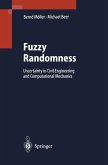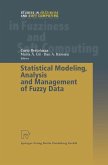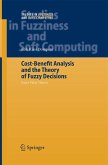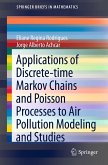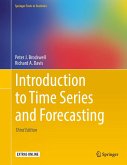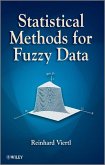Uncertain data are described by means of a new incremental fuzzy representation which permits a complete and accurate estimation of uncertainty.
The book is aimed at engineers as well as professionals working in related fields. Descriptive, modeling and forecasting methods pertaining to fuzzy time series are introduced and explained in detail. Emphasis is placed on forecasting with the aid of fuzzy random processes, such as fuzzy ARMA processes and fuzzy white-noise processes, as well as forecasting based on artificial neural networks.
All numerical algorithms are comprehensively described and demonstrated by way of practical examples.
Dieser Download kann aus rechtlichen Gründen nur mit Rechnungsadresse in A, B, BG, CY, CZ, D, DK, EW, E, FIN, F, GR, HR, H, IRL, I, LT, L, LR, M, NL, PL, P, R, S, SLO, SK ausgeliefert werden.



